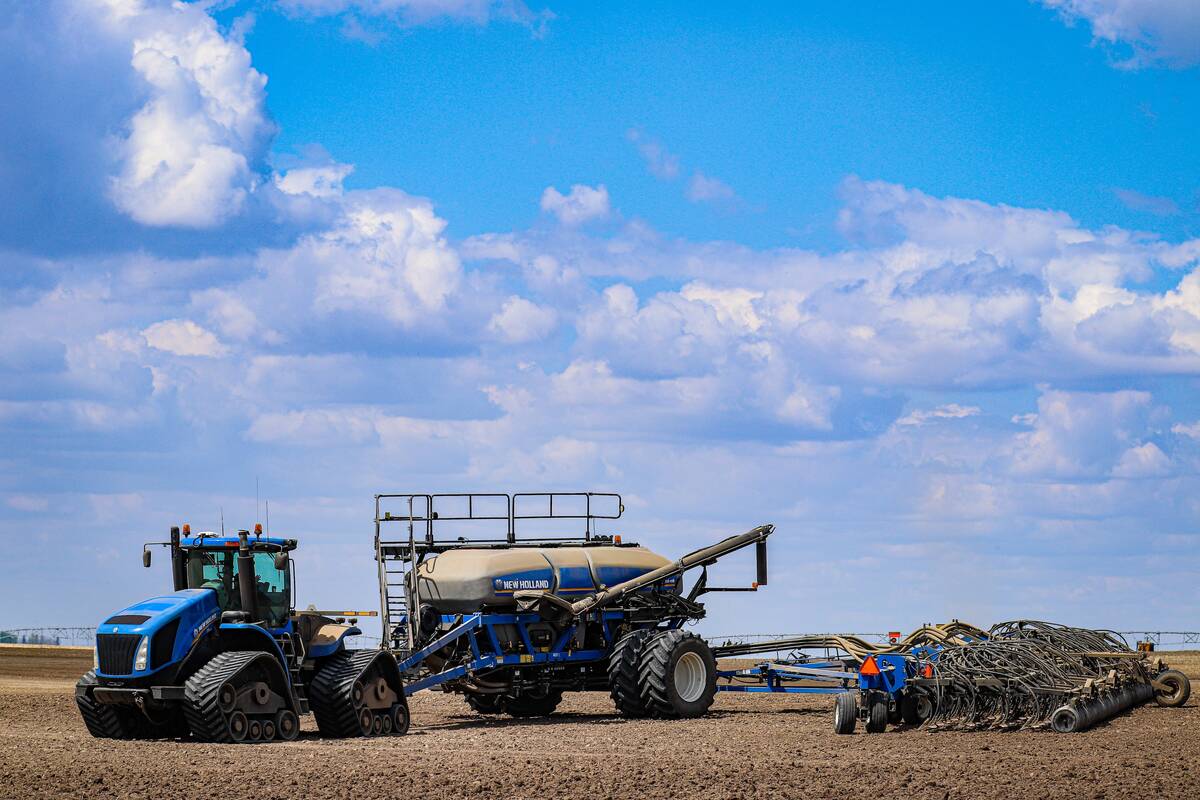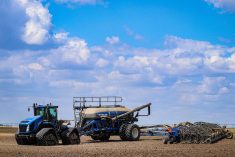CHICAGO (Reuters) — The number of cattle placed in U.S. feedlots last month declined compared with February 2014, a government report showed on Friday, due in part to bouts of wintry weather that slowed movement to feedyards, analysts said.
In addition, weaker prices for slaughter-ready cattle deterred some ranchers from trucking them to feedlots, whose margins deteriorated due to pricey calves grown to heavier weight for sale to packers.
The year-ago February placements were the largest for that month since 2012.
The U.S. Department of Agriculture report showed February placements at 1.523 million head, down eight percent from 1.658 million last year.
Read Also

NFU says proposed plant breeders’ rights come at farmers’ expense
The National Farmers Union is pushing back against changes to the Plant Breeders’ Rights Act that would narrow the scope of farmers’ right to save seed or propagate crops from cuttings and tubers.
Analysts, on average, had expected a 6.7 percent February placement reduction.
USDA put the feedlot cattle supply as of March 1 at 10.658 million head, down one percent from 10.716 million a year ago. Analysts, on average, had forecast a decline of 0.5 percent.
The government said the number of cattle sold to packers, or marketings, was down two percent in February from a year ago at 1.516 million head.
Analysts projected a drop of three percent from 1.549 million last year. There were the same number of days to market cattle in February 2015 as a year ago.
“All the numbers came on the bullish side of the forecast, but not by much,” said University of Missouri livestock economist Ron Plain.
The category for cattle weighing over 800 lbs was the only weight group in which placements showed an increase, said Plain. That suggests fewer cattle will arrive at feedyards later as heavier animals move through feedlots more quickly, he said.
The report showed last month’s placements for Texas at 70 percent of a year ago, partly due to weather issues and extremely negative feedlot margins, said Livestock Marketing Information Center economist Jessica Sampson.
Last month marked the first time that Nebraska surpassed Texas as the top state for the number of cattle on feed, she said.
Chicago Mercantile Exchange live cattle futures may open firmer on Monday, supported by the mildly bullish USDA data and strong prices for market-ready or cash cattle late on Friday, analysts said.
Based on Friday’s encouraging report, and on this week’s rally in CME live cattle futures, Plain said: “I don’t see futures opening lower on Monday.”
















